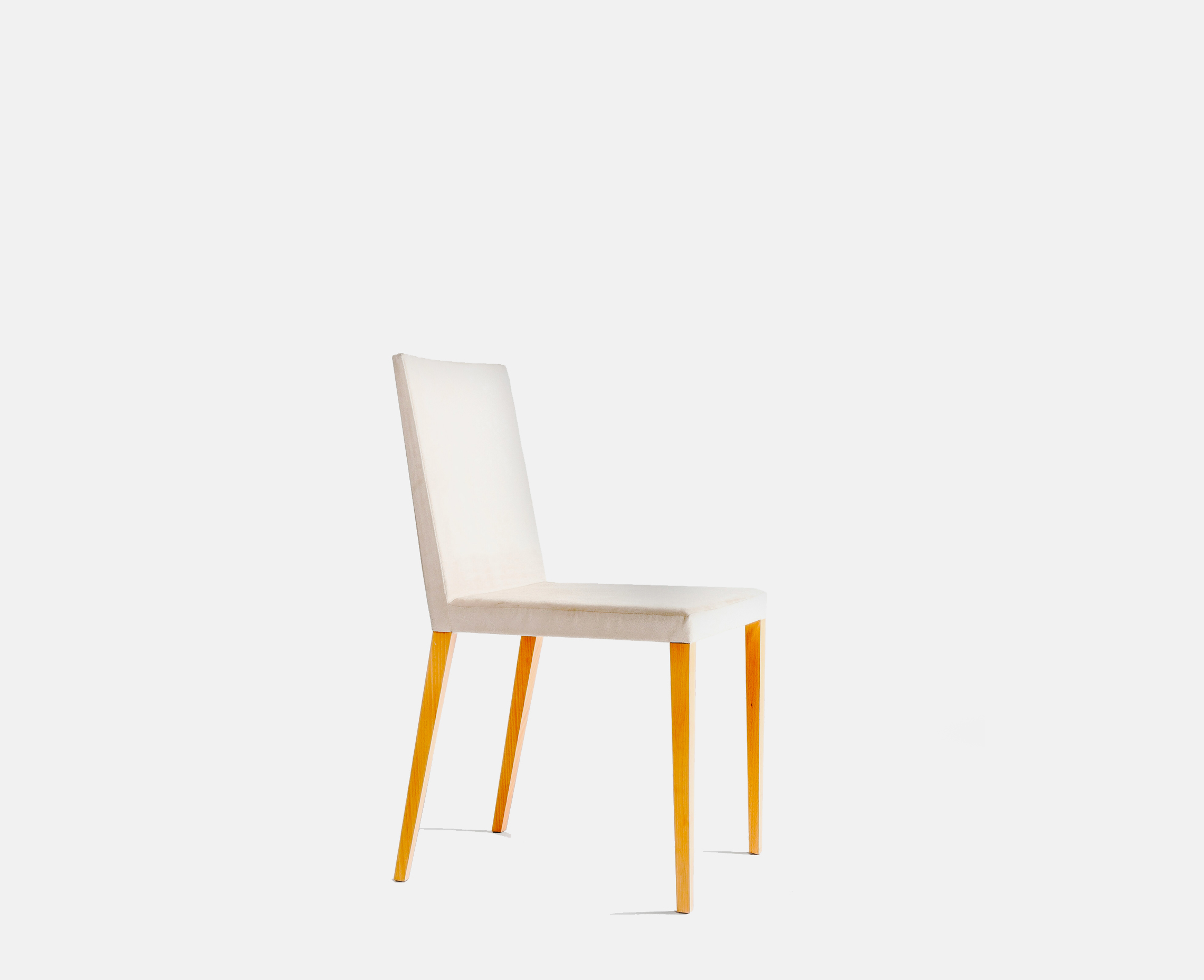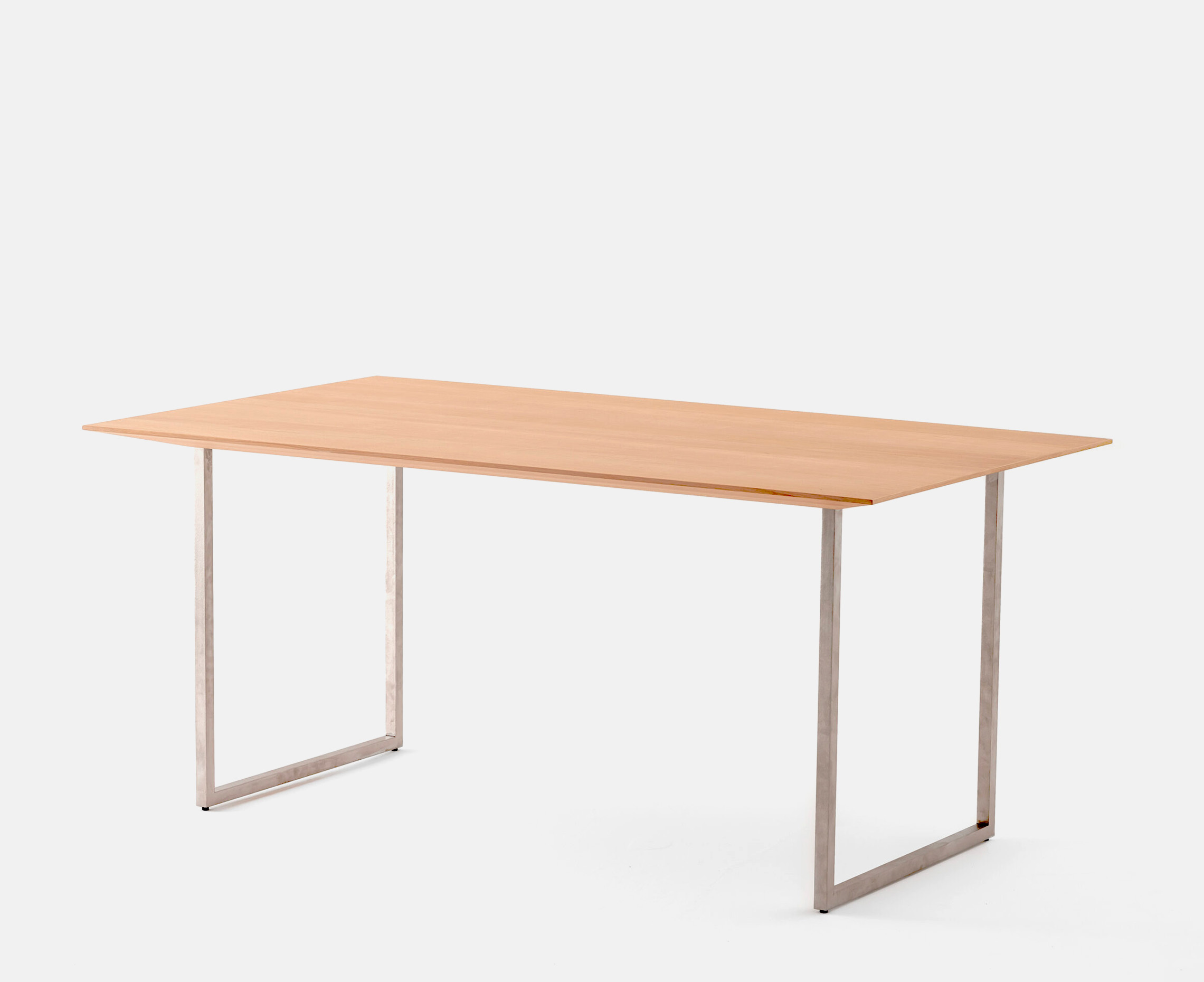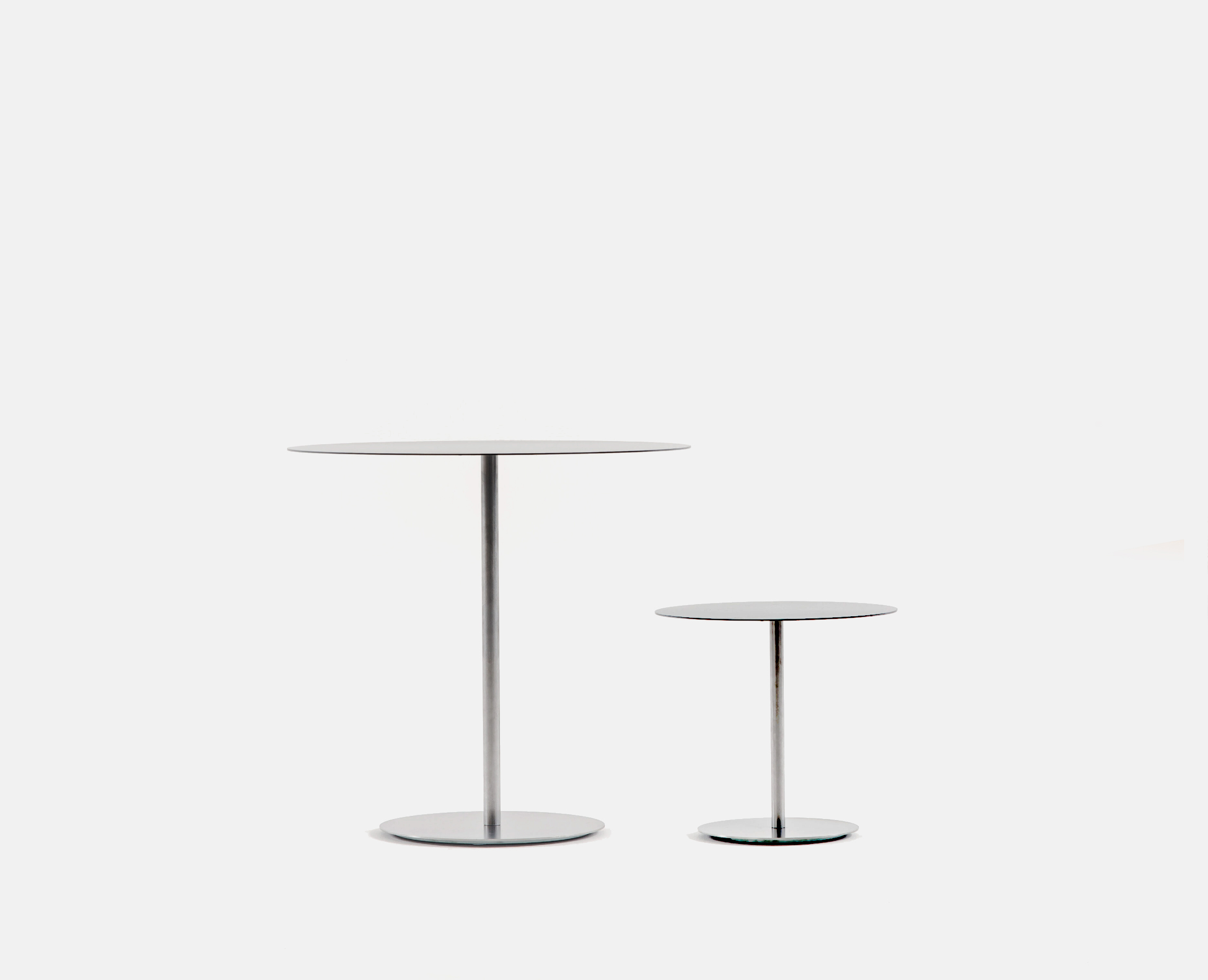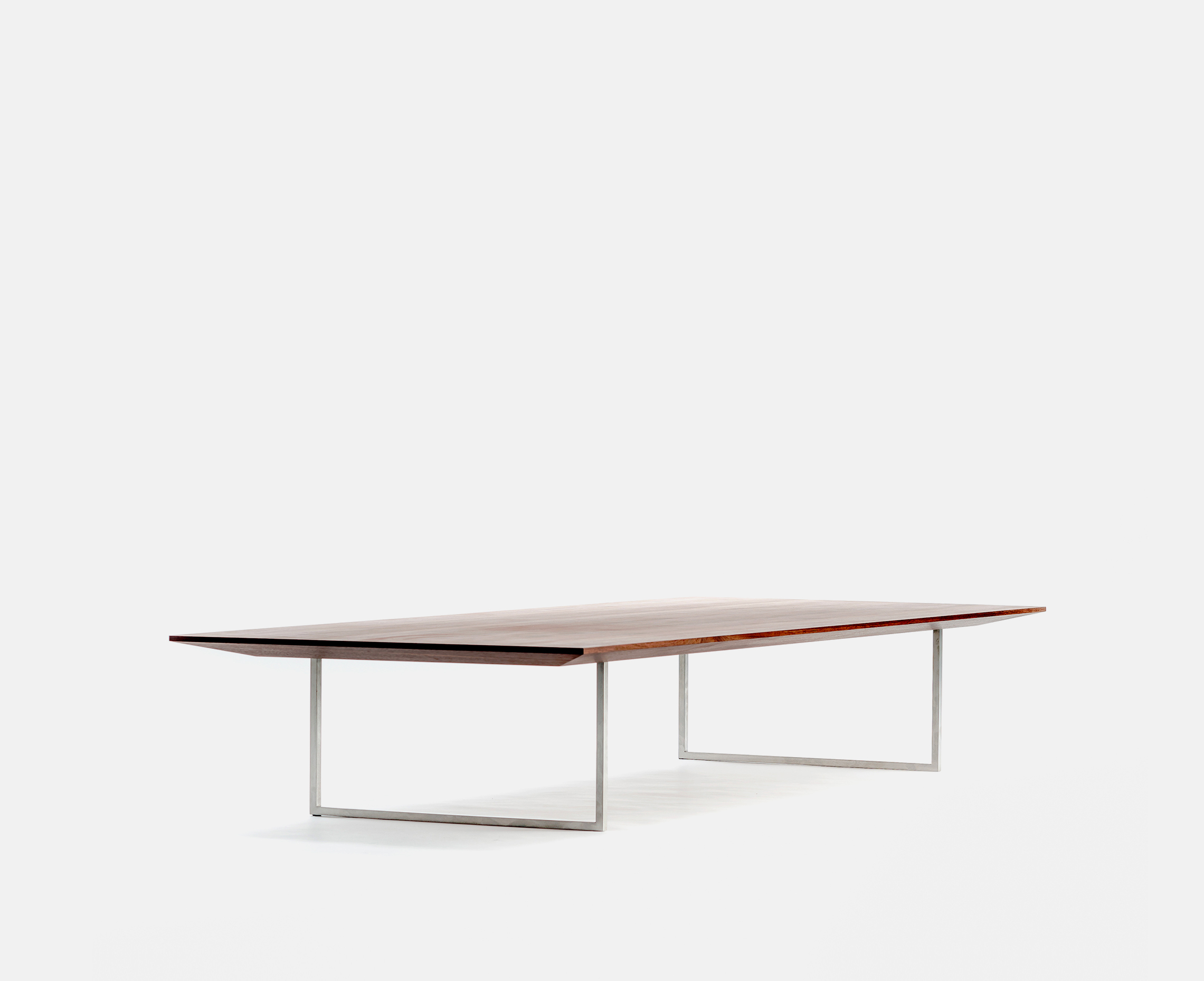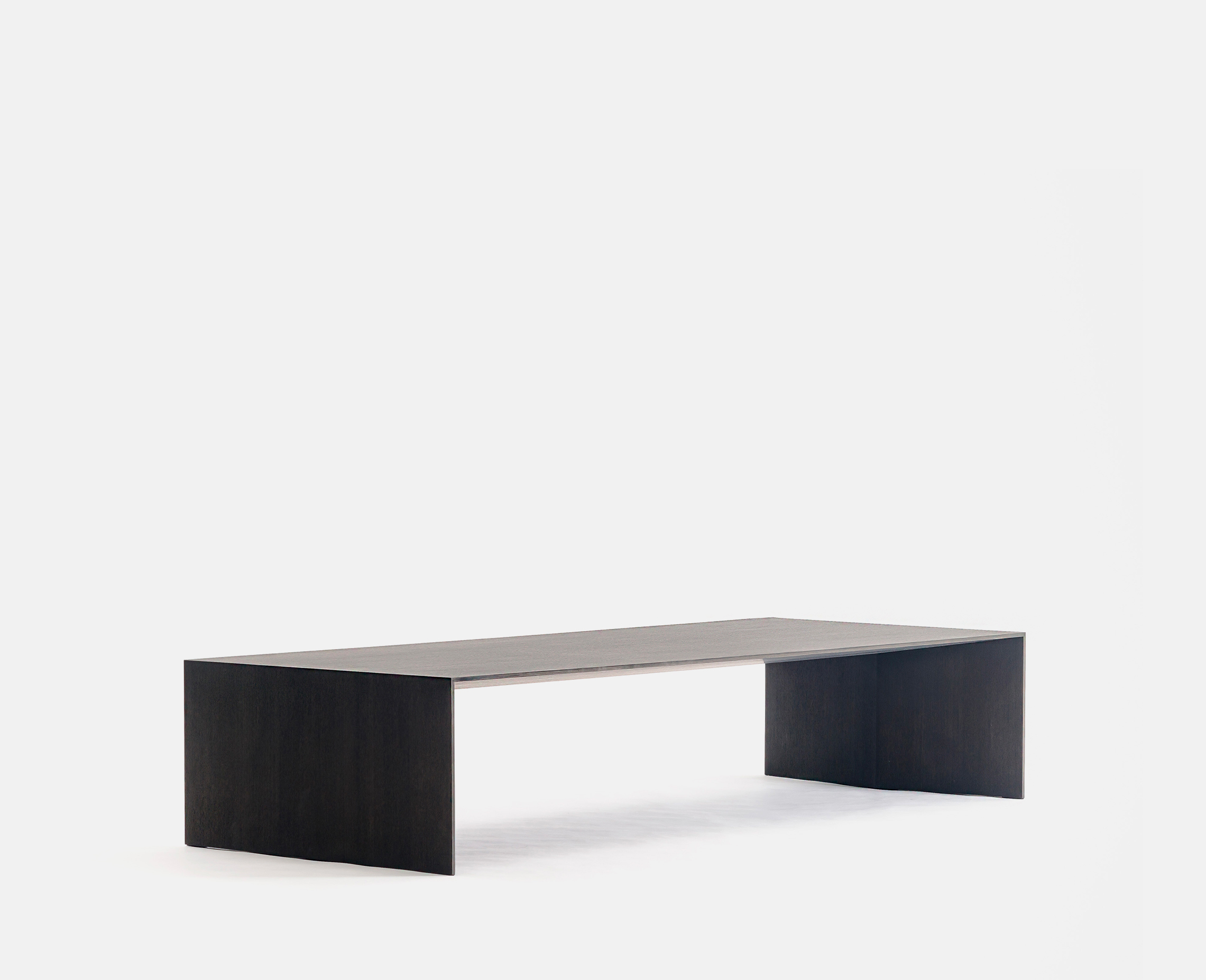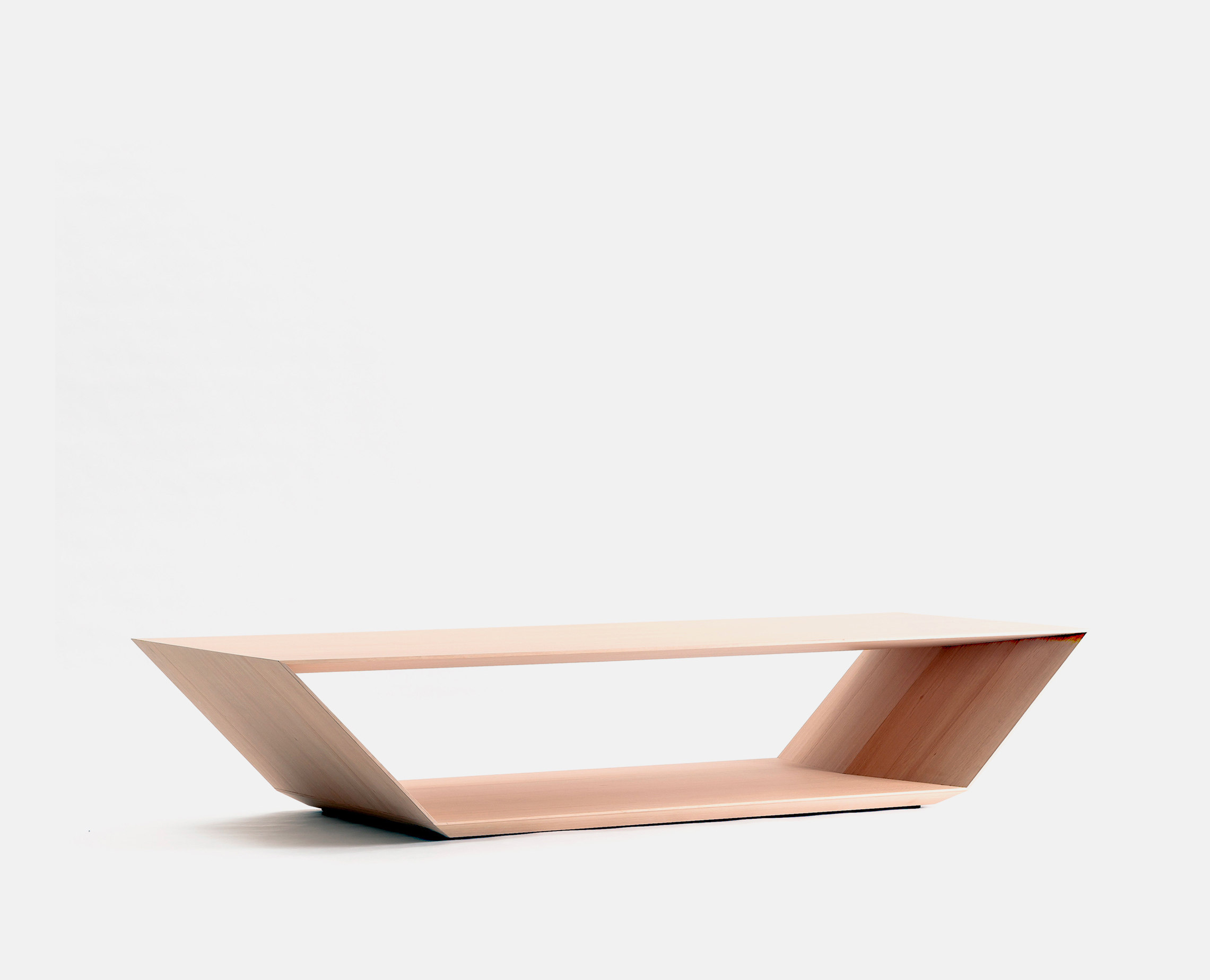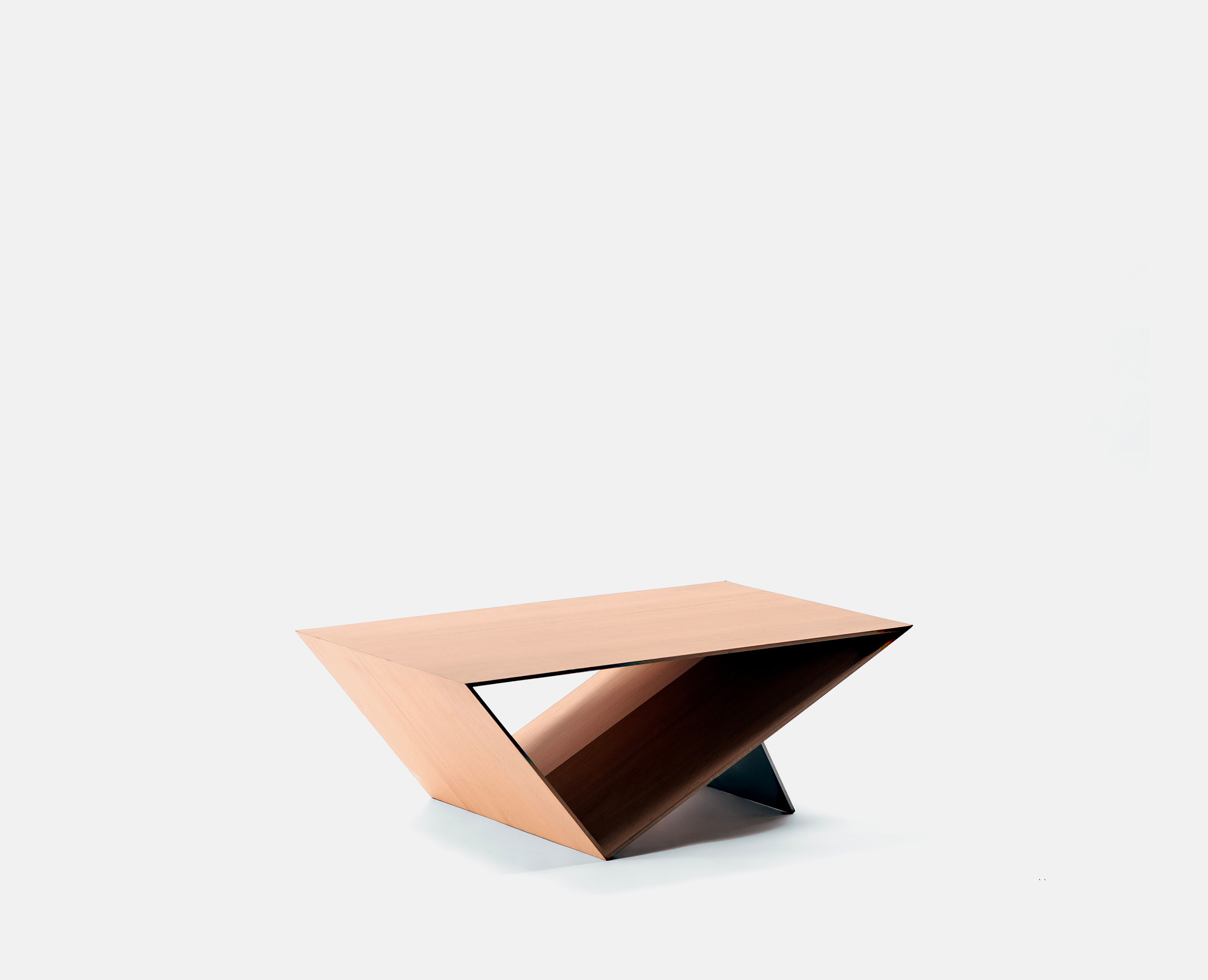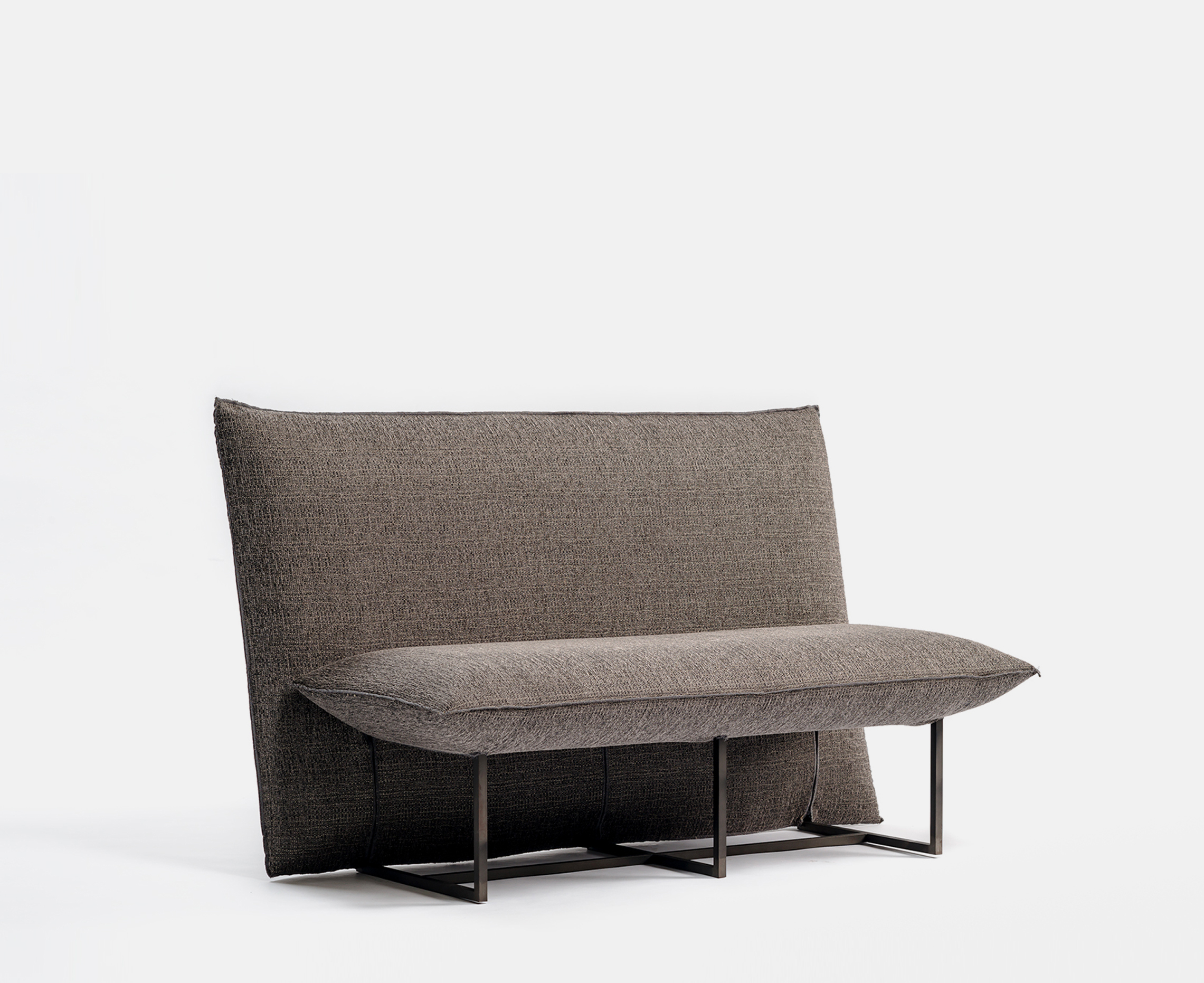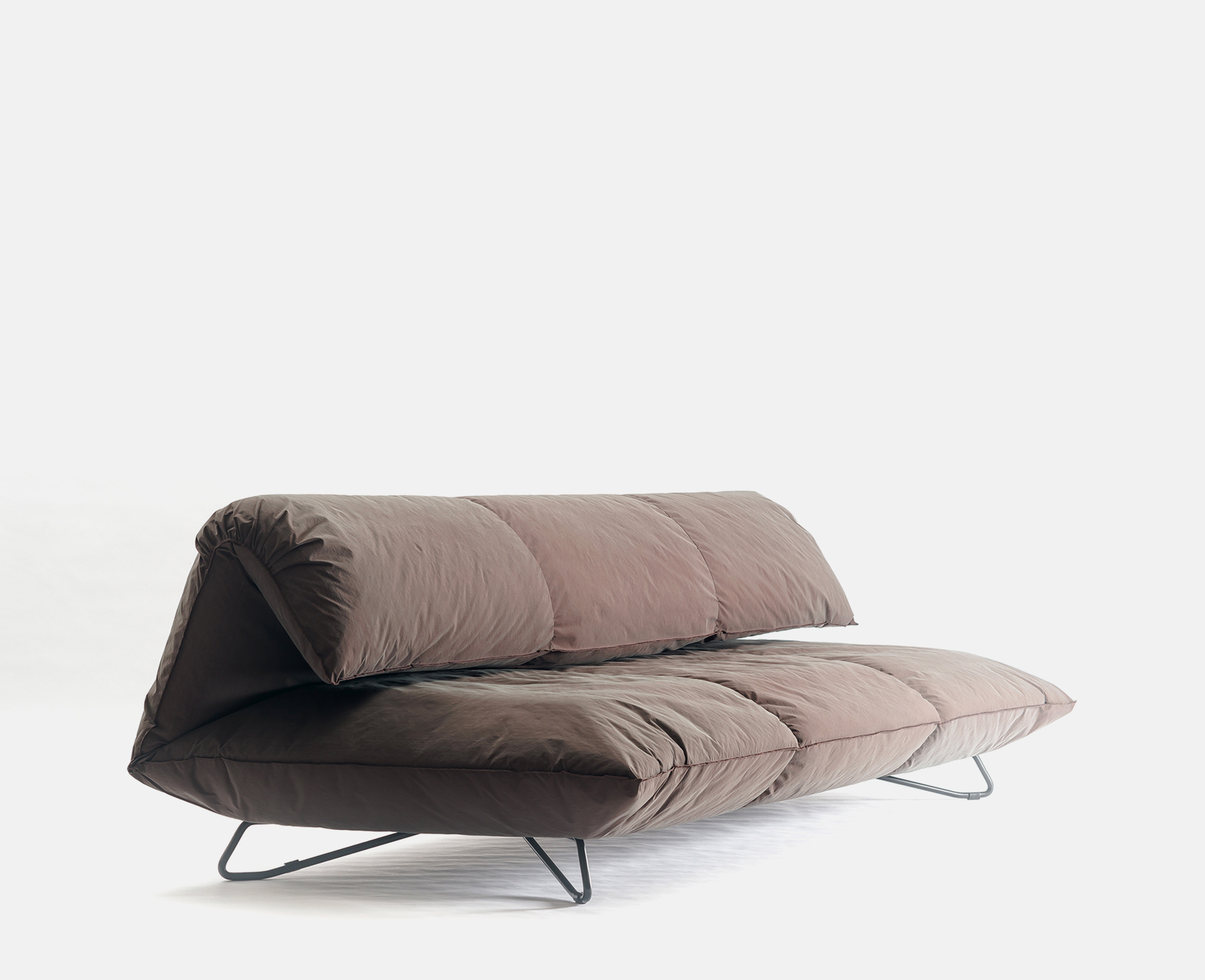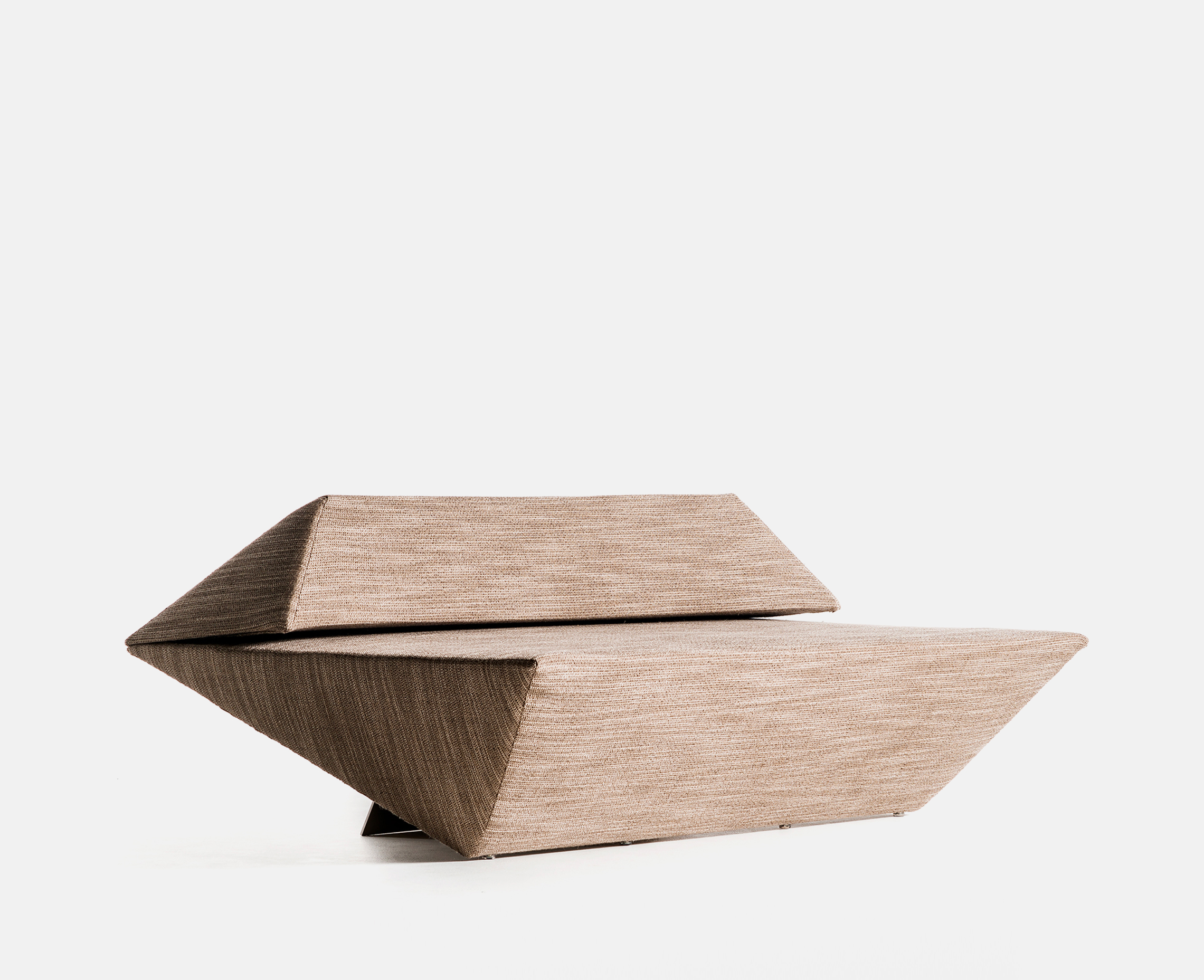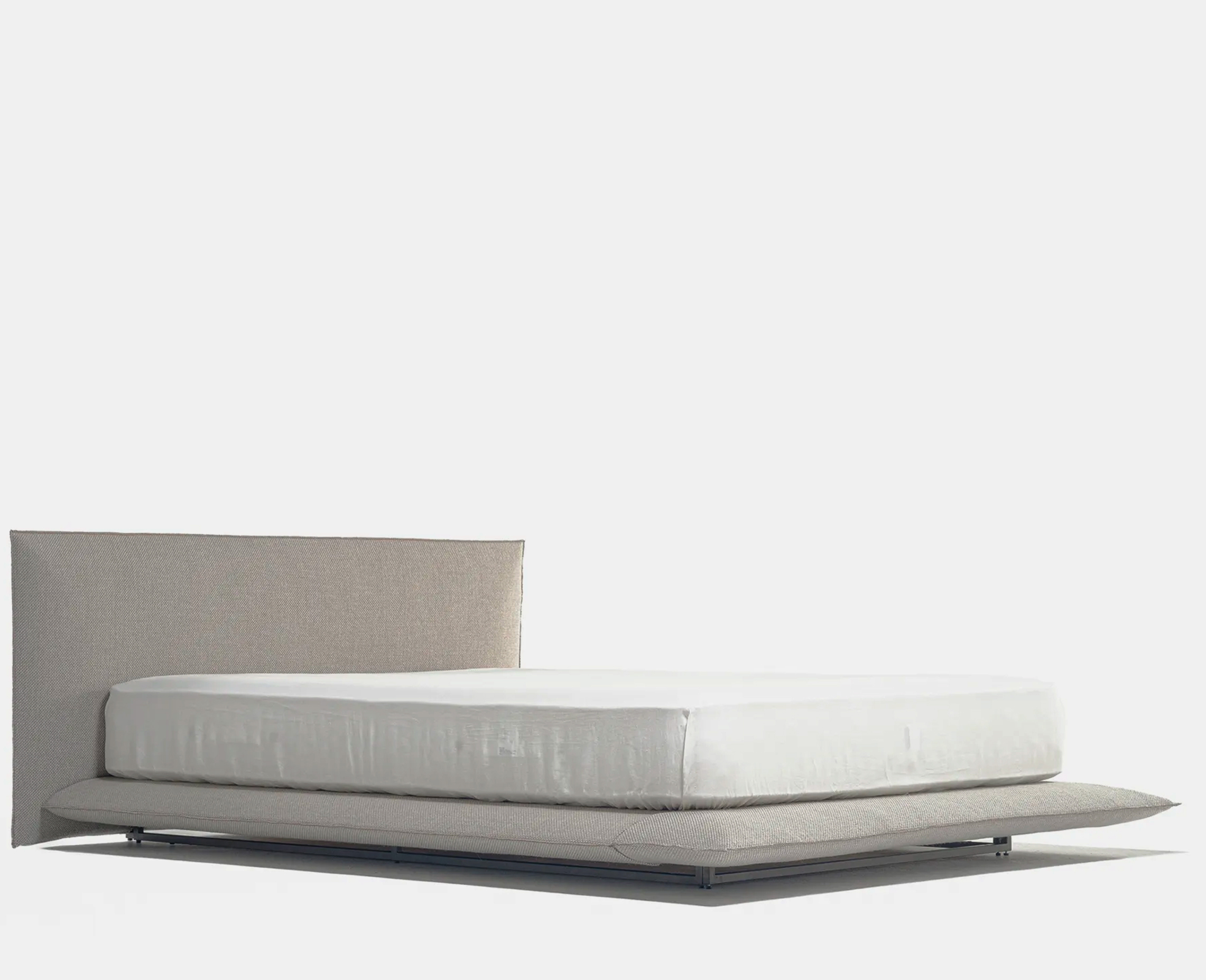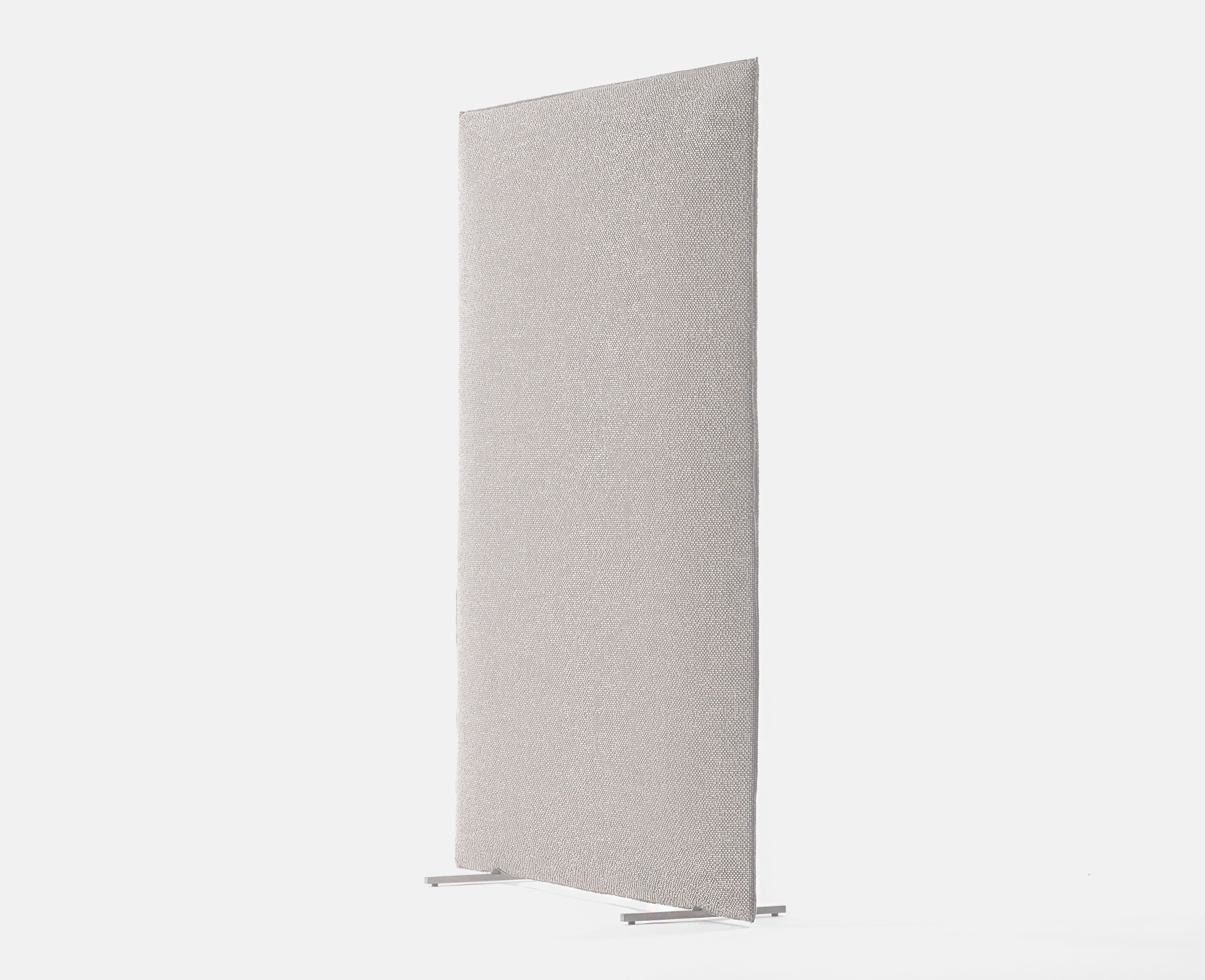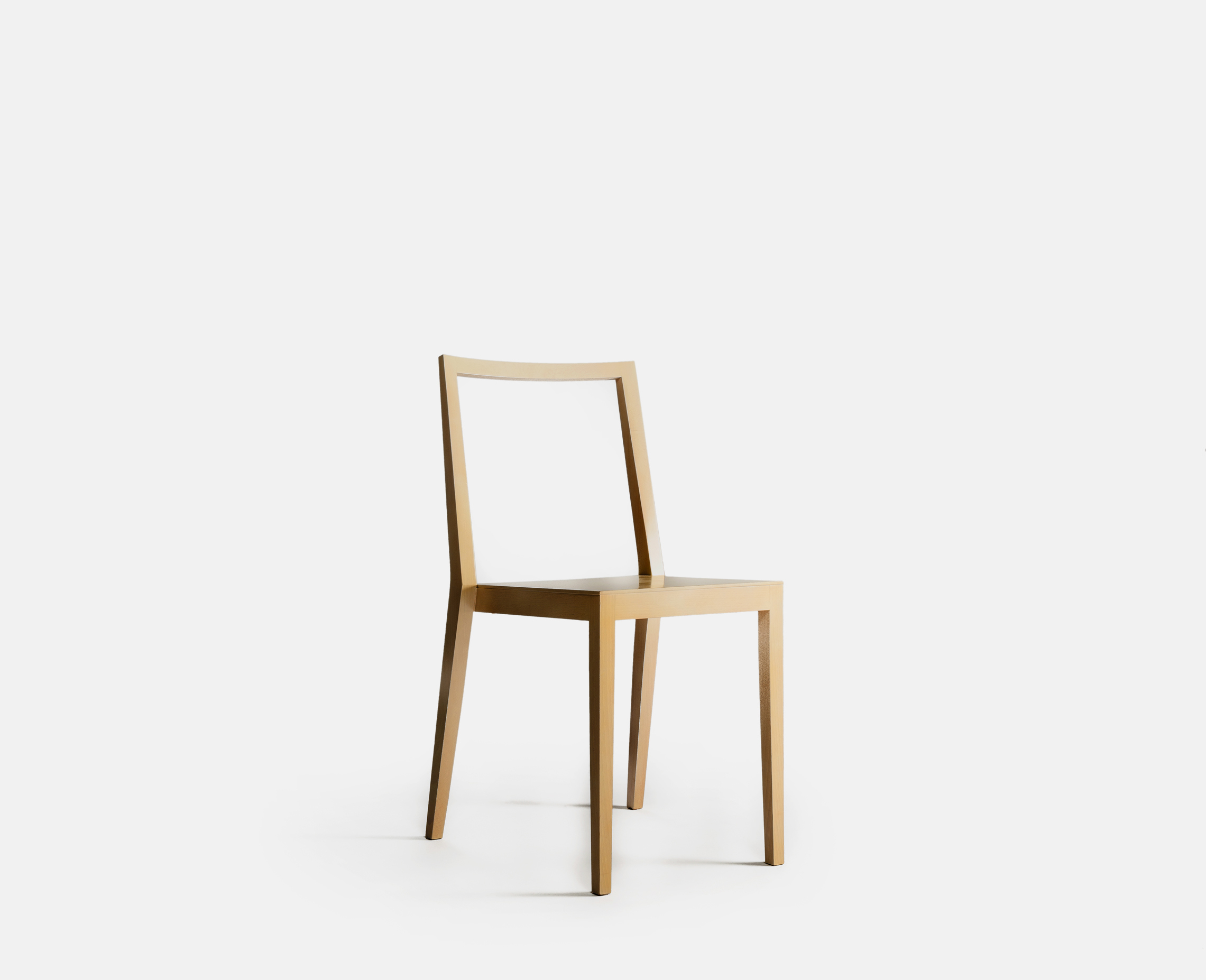
FU
“Can you make a sofa that looks like two zabuton are combined?” The development of the FU sofa began with a request from Kengo Kuma. For Japanese people, the zabuton is a familiar in-room furnishing. It is a cushion placed under the buttocks when sitting on a tatami mat or on the floor. The thickness is commonly about 10 cm. The theme was how we could realize the cushioning characteristics as a sofa while maintaining the thinness of the cushion.
The production of a sofa frame requires a thickness of at least 15 cm or more to maintain cushioning characteristics and stability when seated. Unlike regular sofas, this seating surface must have an organic, sharp line where the fullness in the centre of the seating surface settles toward the front edge to express the thinness and lightness of the zabuton. The adoption of rubber resin, which is not conventionally used in sofas, delivered both the appropriate cushioning characteristics and stability when seated while maintaining the sharp form.
To stitch the covering, we chose a lockstitch machine. It is a type of stitching using a sewing machine widely used for clothing in the apparel industry. After repeated testing with the sewing machine, we finally found the perfect stitching to provide the strength suitable for furniture. By using the same colour stitches for the base material, a smooth curve connects from the centre of the seating surface to the front edge, giving a rich expression to the edges.
To give a light look that two zabuton are placed on the frame, the legs of the sofa are designed without arbitrary decorations. The frame is composed of 14 square mm solid square metal bars. In addition, the back has a space between the floor and the contact surface to make it look as if it were slightly floating. This gap is so small that you might miss it if you do not look very closely. This small space determines the presence of the FU sofa. Simple concepts seem to have difficulty in sustaining the initial idea to bring to fruition. To convert this difficulty into a tangible form, scrupulous attention to detail and careful thought are essential and vital.
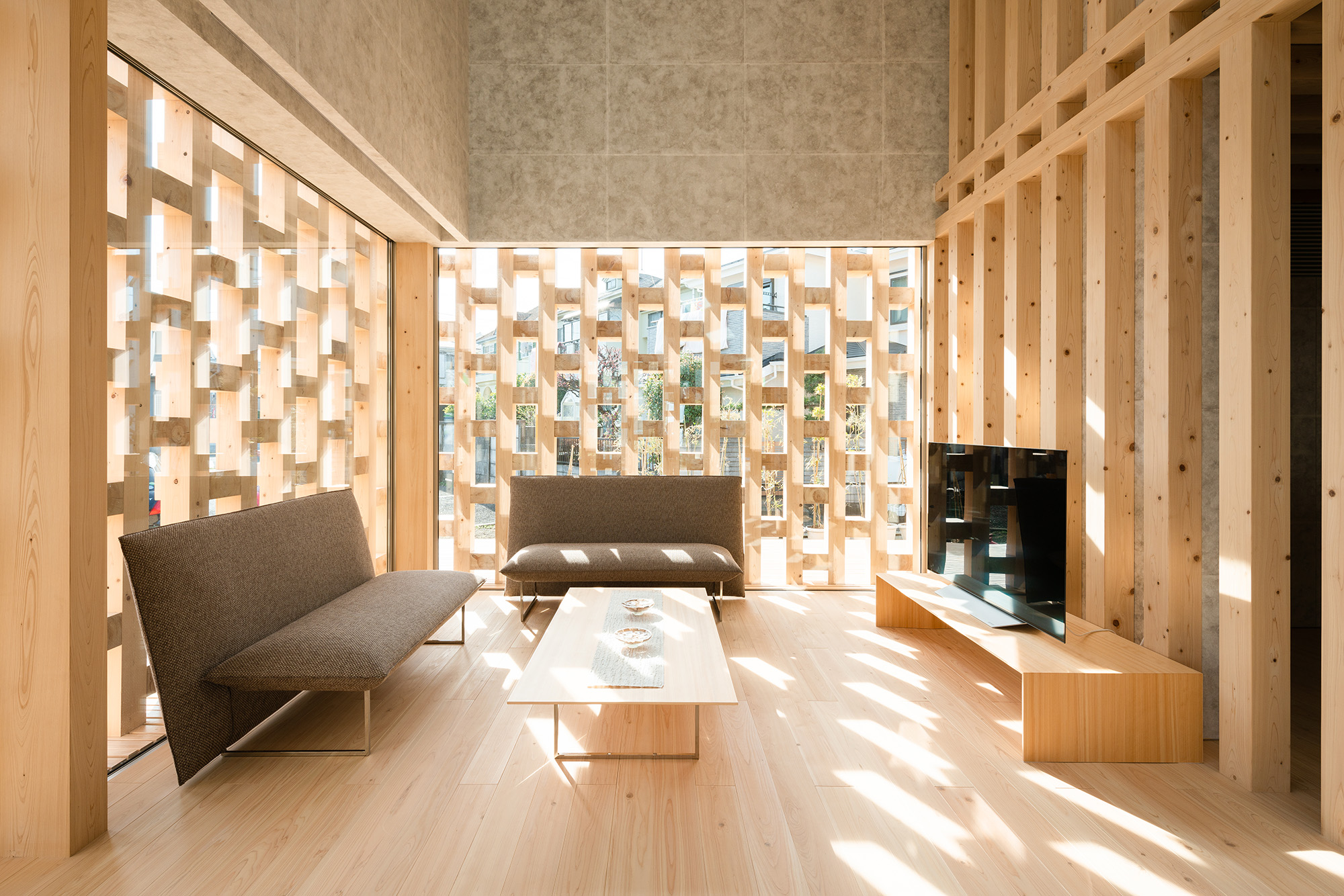
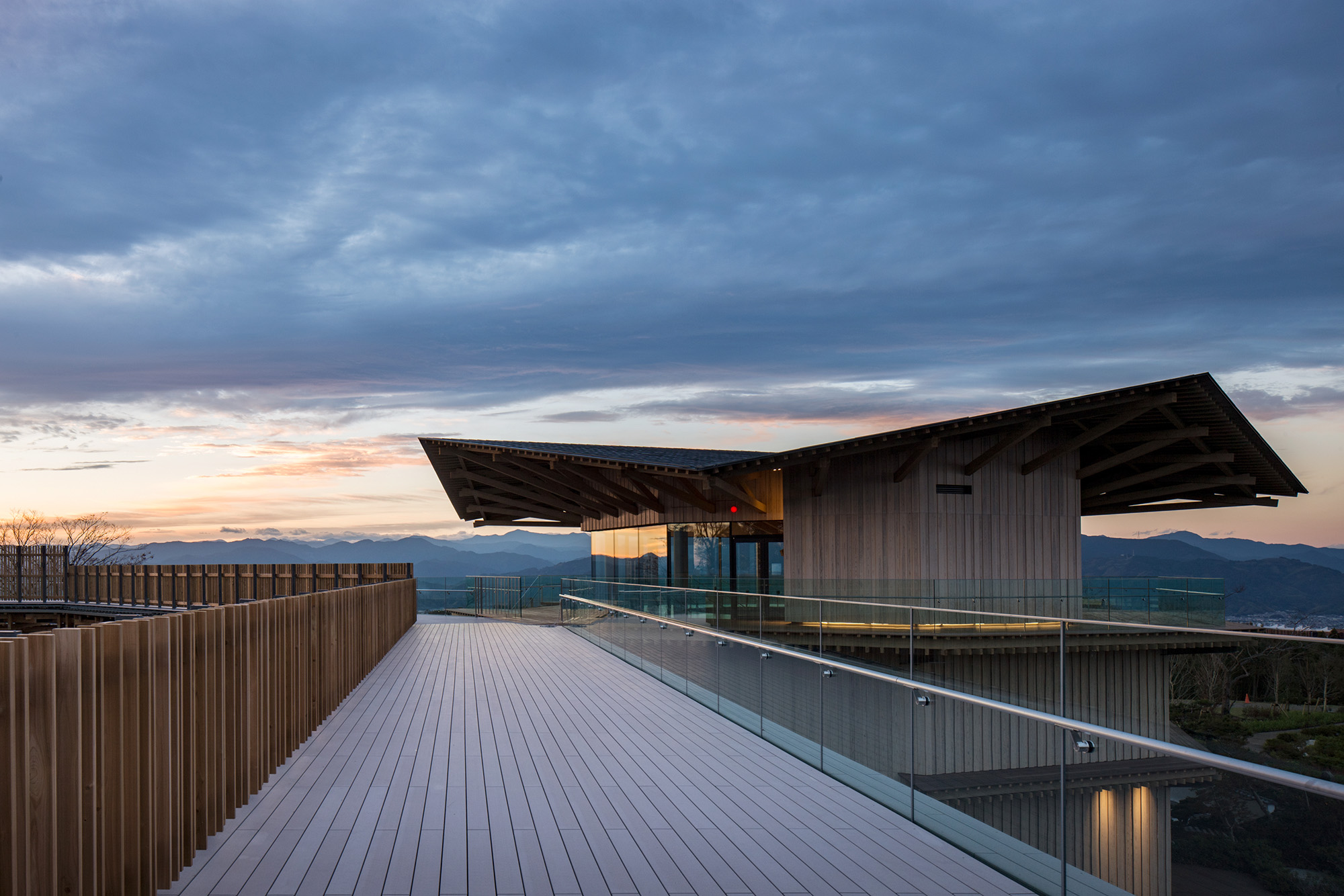
「座布団を2枚組み合わせたようなソファが出来ないか」。そんな隈研吾氏の依頼から製品の開発が始まりました。座布団は日本人にとっては馴染みのある室内の調度品です。畳や床の上に座る際に臀部に当てがうクッションで、10センチ前後の厚みのものが一般的です。その薄さを保ちながらどこまでソファとしてのクッション性を実現できるか、ということがテーマになりました。
ソファのフレームを製作する際、座った時のクッション性と安定感を確保するためには最低でも15センチ以上の厚みが必要とされます。そのような一般的なソファとは異なり、座布団の持つ薄さや軽やかさを表現するため、ソファ座面の中央部の膨らみから先端にむけて収束してゆく有機的でシャープなラインを出すことが必要でした。通常ソファには使われないゴム製樹脂を採用することでシャープな形状を保ちながら適度なクッション性を実現し、座った時の安定感との両立を図ることができました。カバーの縫製にはロックミシンのステッチを採用することにしました。ファッション業界で服の縫製に使われることが多い縫製方法です。ミシンの掛け方についても試験を繰り返して、家具としての強度を備えたステッチが完成しました。生地と同色のステッチを施して、座面の中央部から先端にかけて滑らかな曲線で繋ぎながら、表情のある端部が出来あがりました。ソファの脚部は2枚の座布団がフレームの上に乗ったように軽やかにみせるため、極限まで恣意的な装飾を削ぎ落とし、14ミリ角の無垢の金属の角棒でフレームを構成しています。また、背はあえて床から少し浮かせて床との接地面に空間を作っています。よく目を凝らさないと見落としてしまいそうなほどの隙間ですが、この小さな空間こそがFUソファの佇まいを決定づけています。シンプルなコンセプトにこそ最初のアイデアを持続させ結実させる難しさがあります。これを具現化するために、細やかな配慮と丁寧な思想が根底に流れています。
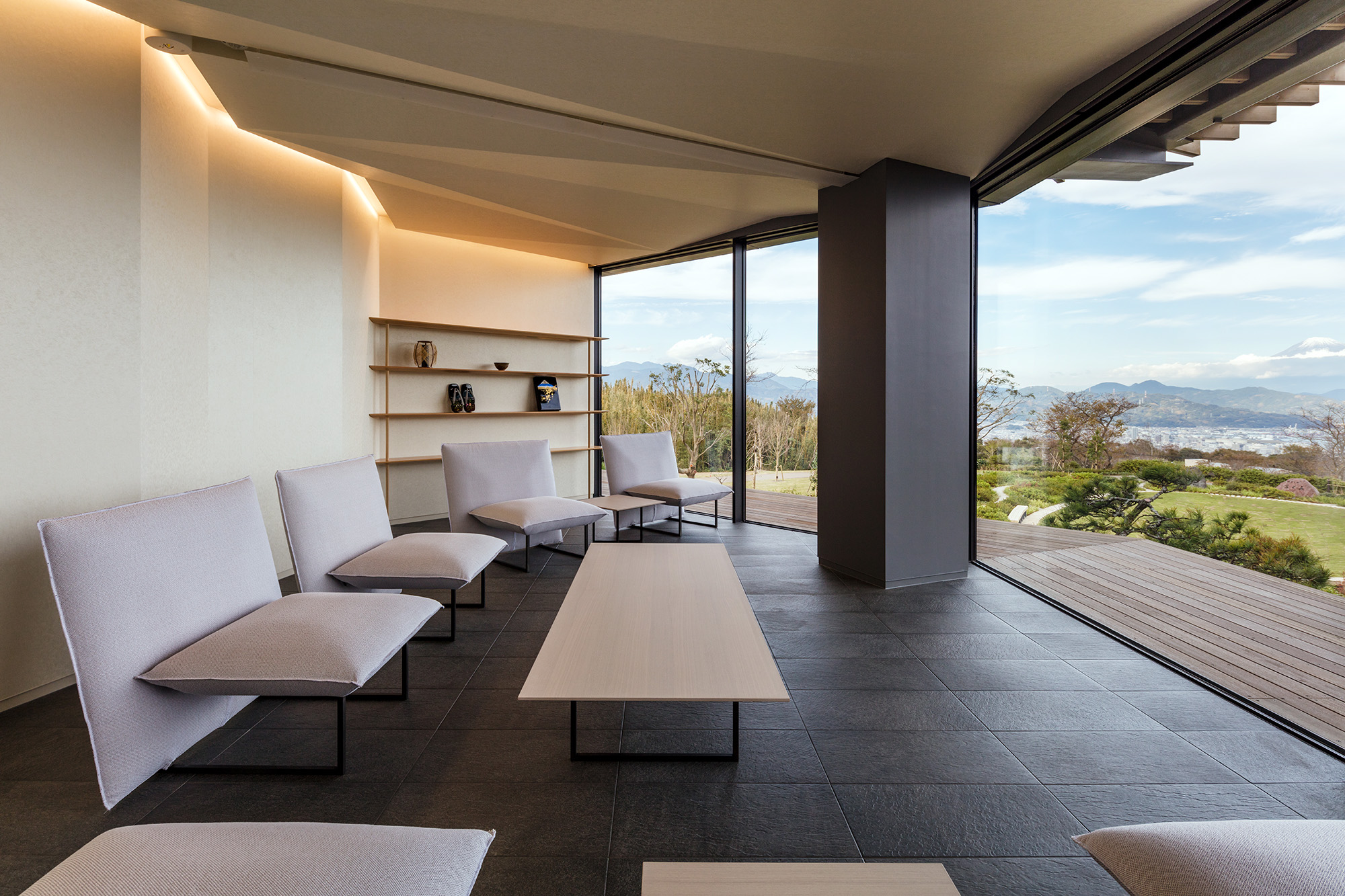
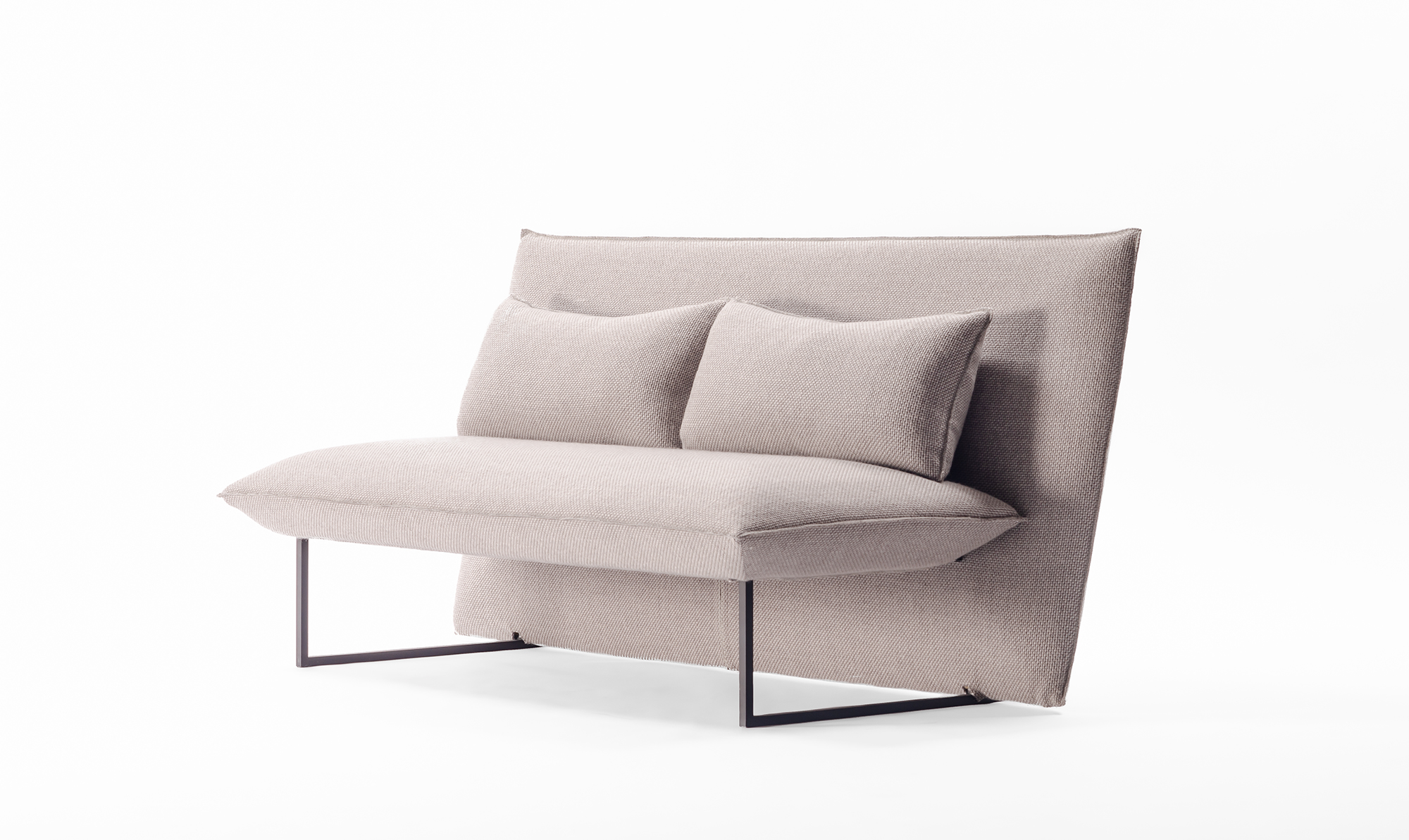
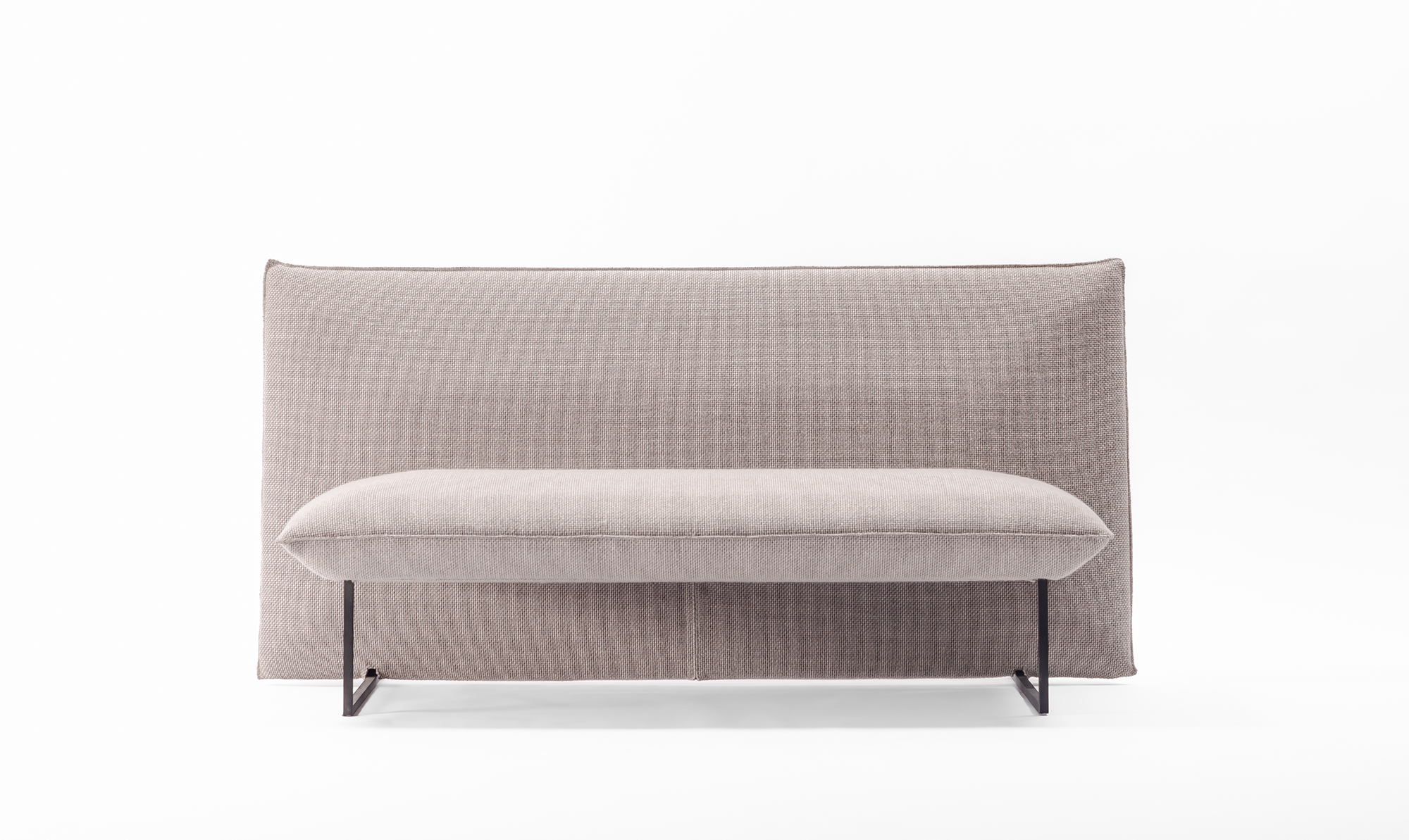
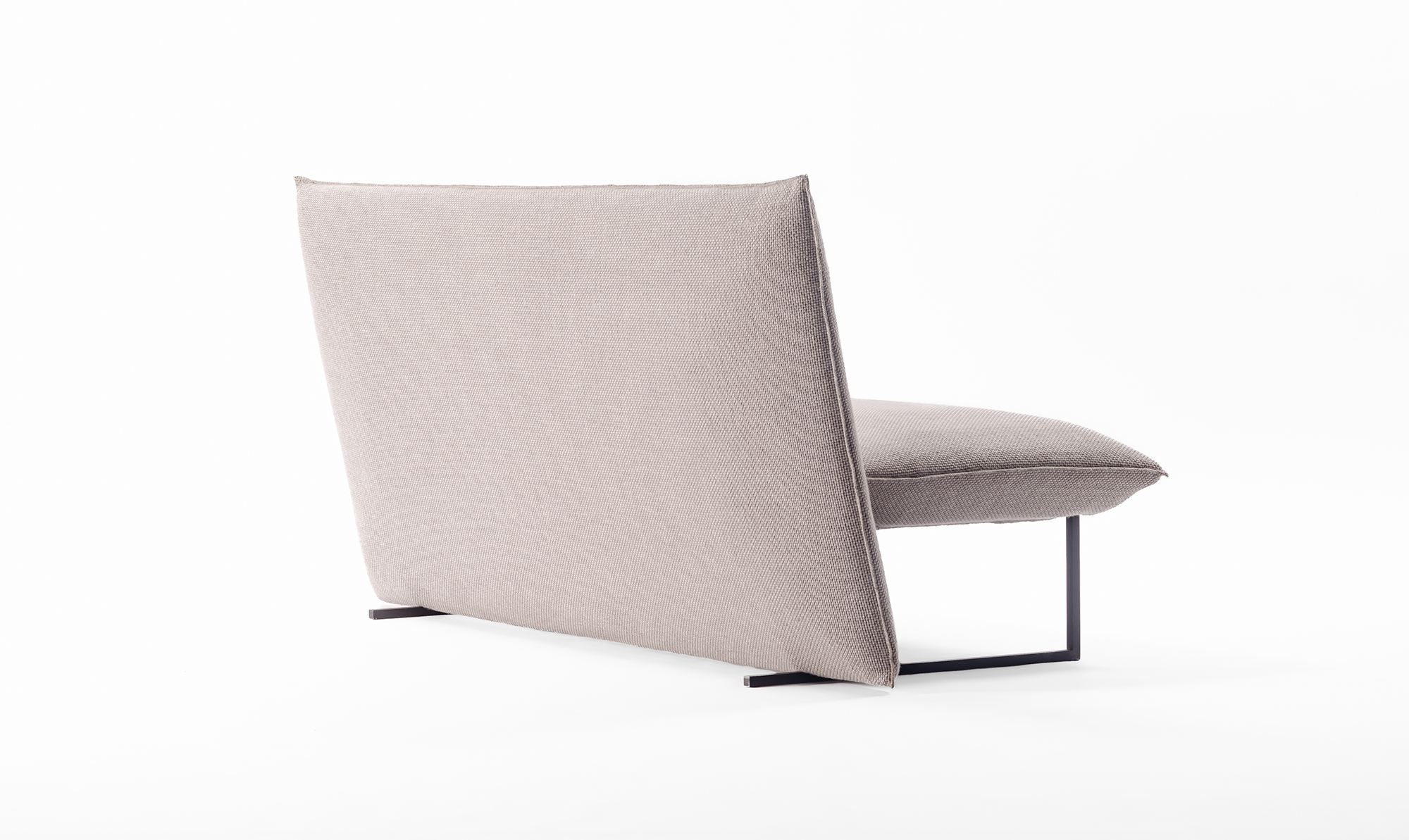
Kengo Kuma collection
© Copyright PRESTIGE JAPAN INC. ALL rights reserved.
